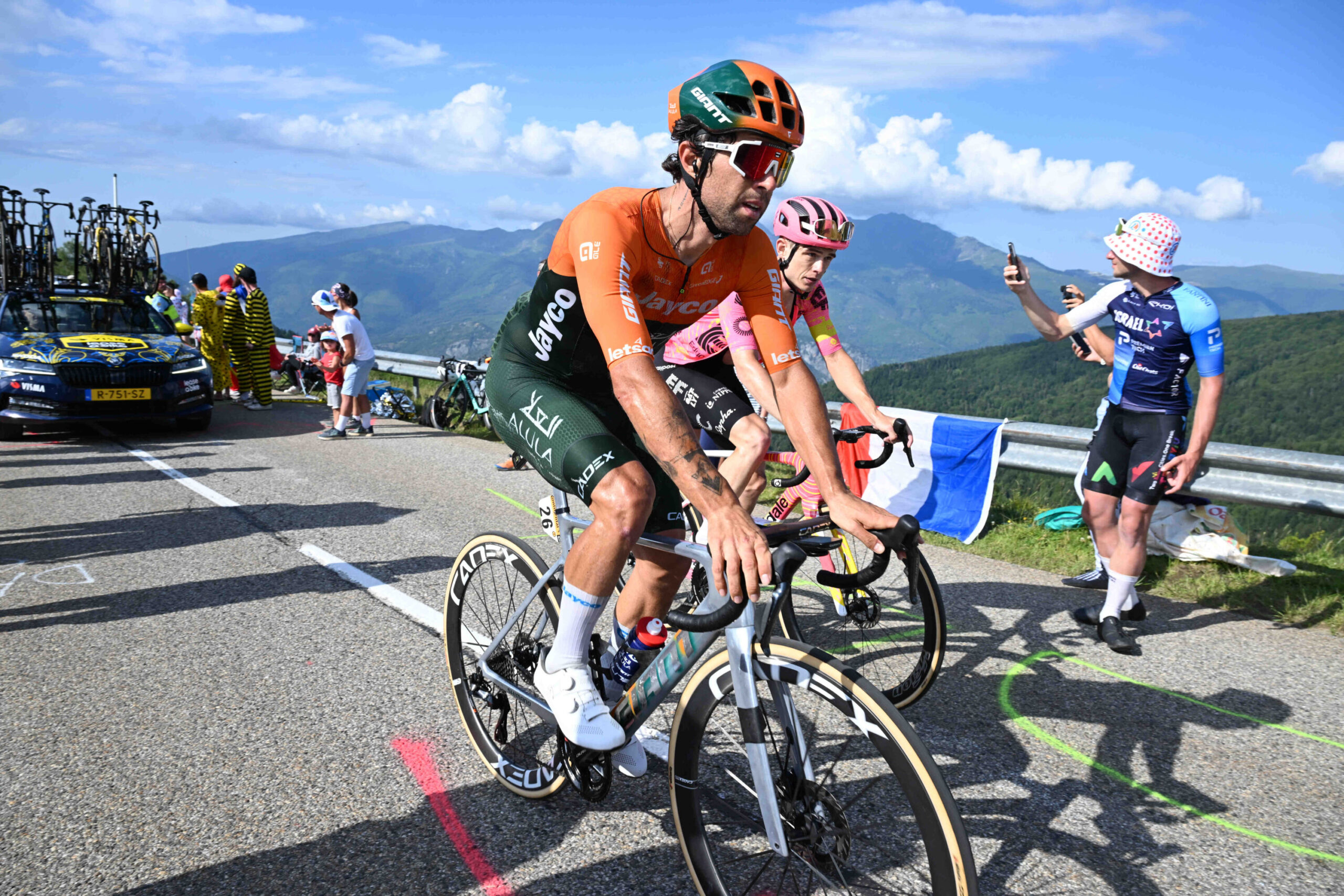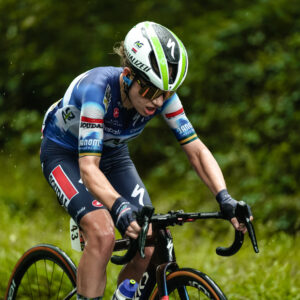It’s one thing to make the WorldTour but another altogether to stay in the WorldTour. In pro cycling, you’re only as good as your current season, writes Anthony Tan (published in the November/December issue of Bicycling Australia).
Apologies in advance for harping on about the parlous state of affairs that is professional cycling, but as I pen my final Spin Cycle for 2025, I can’t help but think how screwed up things are if this sport is your chosen métier.
As of August 28, out of a total pool of 536 riders in the men’s WorldTour, depending on which website you consult, between 160 and 200 riders do not have a contract for next year.
If we take the lower figure, that’s 30 per cent of riders unsure of gainful employment. And if it’s the upper figure, 37 per cent of the WorldTour peloton have no job security for 2026.
Based on total career points, I will provide you with the top ten names: Nairo Quintana, Michael Matthews, Arnaud Démare, Rui Costa, Michał Kwiatkowski, Tim Wellens, Ion Izagirre, Wout Poels, Sam Bennett, Richard Carapaz.
Two Grand Tour winners, two road world champions, multiple winners of a Monument – and all Tour de France stage winners.
Besides ‘Bling’ Matthews, any other Australians in that list? I hear you ask.
A dozen, actually…Jack Haig, Lucas Hamilton, Sam Welsford, Michael Hepburn, Chris Hamilton, Alex Edmondson, Miles Scotson, Robert Stannard, Jensen Plowright, Kelland O’Brien, Campbell Stewart, Patrick Eddy.
The common theme among the top 15 names?
They’re all 30 years old or more.
How’d you feel?
In pro cycling, you could be at or near the top of your game and still be out of a job!
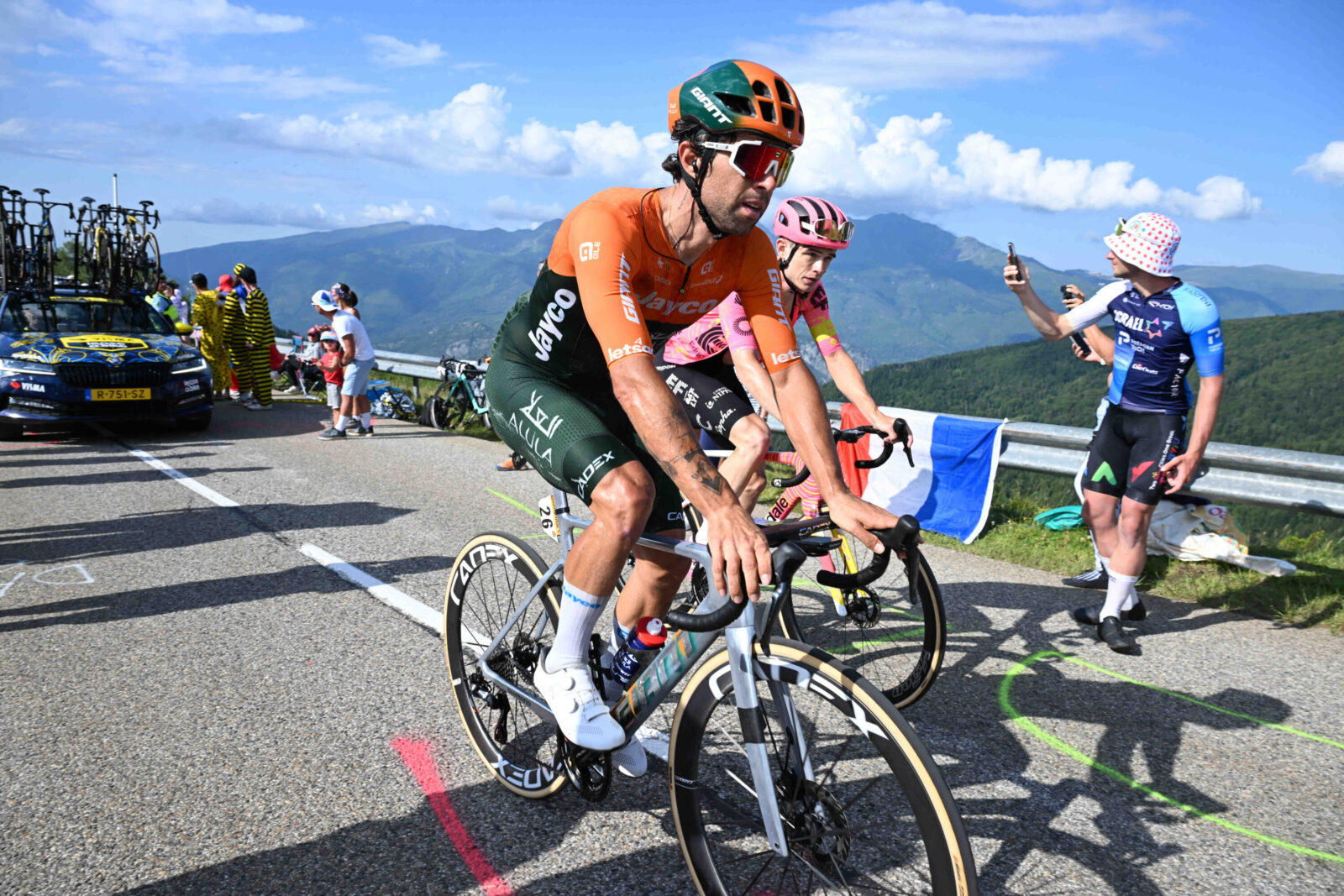
The Big Buyout…
Each year, the first official transfer period begins on August 1, when teams and riders can announce both new signings and departures, but it doesn’t take Einstein to work out negotiations begin well beforehand.
Inarguably the highest-profile transfer – and worst-kept secret – of season 2025 was the news Belgian wunderkind Remco Evenepoel was moving from Soudal Quick-Step to Red Bull-Bora-hansgrohe from next year.
Evenepoel was contracted to ride for his incumbent, where life in the WorldTour began for him in 2019. Yet, over the past season and half, he expressed a certain amount of frustration with Soudal Quick-Step, historically a Classics and Grand Tour stage-hunting team.
“Representatives of Remco informed the team’s management that he did not wish to discuss an extension of his current agreement, which expires at the end of 2026,” read the August 5 press release from Soudal Quick-Step.
“After taking some time to consult with our sponsors and partners, the team’s ownership and management have decided that it is in best interest of everyone to agree that Remco can move at the end of the current 2025 season.”
However, in order for such a move to be facilitated, Red Bull-Bora-hansgrohe had to: 1) buy Evenepoel out of his current contract (estimated to be 5 million Euro in 2025 – excluding performance bonuses, prizemoney or income from personal sponsors), paid to Soudal Quick-Step; 2) agree to a new deal with the 25-year-old Belgian, believed to worth €6.6M (AUD11.8M) in 2026; and 3) have the agreement ratified by the UCI.
For Red Bull-Bora-hansgrohe, this was an even bigger buyout than the one involving Primož Rogliˇc in 2023, when he left Jumbo-Visma.
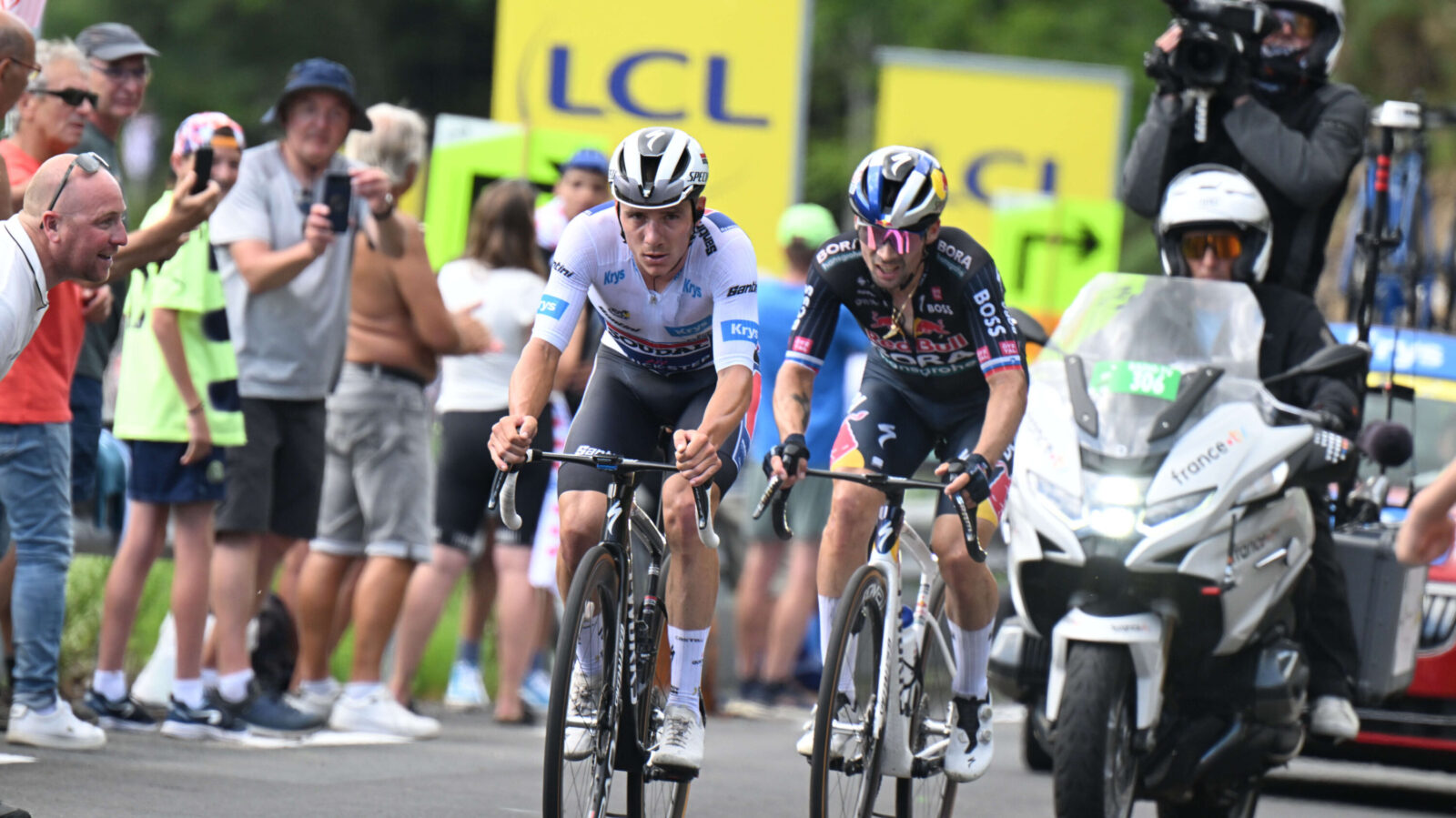
“If you look at all the riders that are at the top right now, you have [Tadej] Pogaˇcar, who’s not going anywhere. You have Jonas [Vingegaard], who’s not going anywhere. And then after those two, you have a pool of riders and Remco is one of those,” Johan Bruyneel, former team manager of Lance Armstrong, said on the August 15 episode of The Move podcast.
“At Soudal [Quick-Step], I think they accommodated 95 per cent of the wishes of Remco. But I think the initiative came from Remco. He said, ‘I want this, I want this, I want this.’ And then the team accommodated that for him.
“For the training and performance stuff, this is going to be different now for Remco. It’s the team who’s going to propose it to him, because at Red Bull, they have the infrastructure and the manpower and the resources.”
A Red Bull type of guy…
The addition of Evenepoel means Red Bull-Bora-hansgrohe will have four potential Grand Tour leaders in 2026, including Rogliˇc, Florian Lipowitz and Aussie Jai Hindley.
Why would they do such a thing?
“For Red Bull, you have to look to the future. You need to keep strengthening your team,” Bruyneel said. “Rogliˇc is at the end of his career, he’s not going to race that many more years. I think [Evenepoel] is a kind of transfer that makes sense for Red Bull.”
Also, one has to accept that for now, as far as the Tour de France is concerned, the rest of the GC contenders are a long way behind Pogaˇcar and Vingegaard. “As long as Tadej and Jonas keep doing the Tour de France, none of the other teams, including Red Bull, will be the favourite,” said Bruyneel rather bluntly.
When Evenepoel finished third overall at the 2024 TdF, he was three minutes behind runner-up Vingegaard, who was far from his best due to a terrible early season crash. And when Lipowitz finished third at this year’s Tour, the German revelation was 6’36 in arrears of Vingegaard and a cavernous 11 minutes behind The Pog.
“You don’t have to have a team that is dedicated to one rider,” said Bruyneel, referring to teams other than UAE Team Emirates-XRG and Team Visma-Lease a Bike, “because you never have to carry the weight of the race at any point. So you can have two leaders. That’s not a problem.”
There’s also the pull of riding for a charismatic leader like Pogaˇcar or Evenepoel, and for an ‘it’ team like Red Bull-Bora-hansgrohe. Astutely, Red Bull already has individual contracts with Wout van Aert and Tom Pidcock; Evenepoel also has the X factor they’re looking for.
“If you have a strong leader, it makes the team more attractive to other [good] riders,” Bruyneel said.
“Red Bull is one of those teams where riders actually want to go [to]. And if a rider like Remco wants to go there, I think that says quite a bit about the structure and the organisation.”
The rule, not the exception…
Of course, there are many other important races besides the Tour, which in part explains why UAE Team Emirates-XRG and Visma-Lease a Bike have multiple leaders; another is that most of the financial opportunities are concentrated in the top five WorldTeams.
Pogaˇcar has a job till 2030. Sprinters Jonathan Milan (Lidl-Trek) and Jasper Philipsen (Alpecin-Deceuninck) have employment till 2029 and 2028, respectively. Vingegaard and Classics superstar Mathieu van der Poel (also Alpecin-Deceuninck) can ride their bikes and get paid till 2028. And van Aert is perhaps luckiest of the lot, blessed with a ‘lifetime contract’ from Visma-Lease a Bike.

Yet for the majority of riders, be they part of the 18 WorldTeams or 17 ProTeams, one- and two-year contracts are, unfortunately, the rule rather than the exception. Across both divisions, I counted a total of 973 riders in 2025 – which makes the transfer season somewhat of a dog’s breakfast when it comes to keeping tabs of who’s staying and who’s going, and if it’s the latter, where they’re off to and for how long.
A precarious sport with equally precarious employment prospects. Kudos to those who chose it.
NB: 11 of those Aussies I listed are still without a job!
Journalism and professional cycling (unless you’re The Pog) are both poor career choices!😂
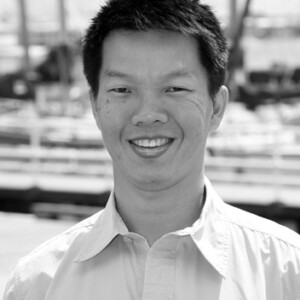
Anthony Tan
Anthony Tan - One of Bicycling Australia’s longest-serving columnists, ‘Tan Man’ has a deep passion for the sport and is a natural communicator.
